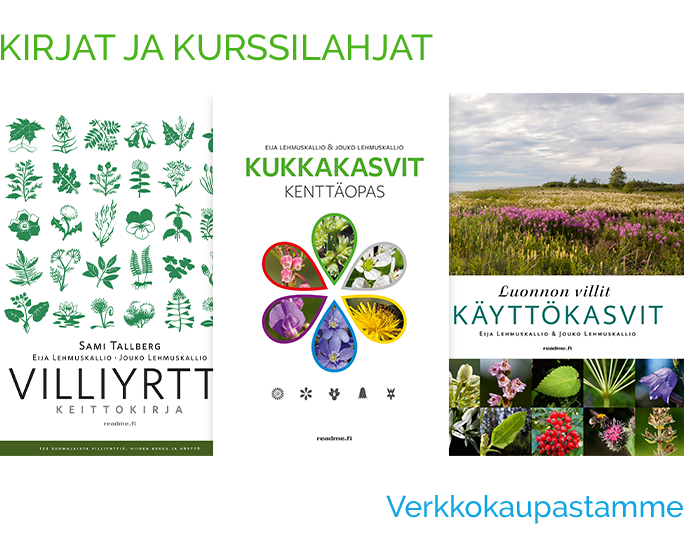Corn Cockle
Agrostemma githagoName also
Common corn-cockle, Corncockle
Growing form
Annual herb.
Height
30–60 cm (12–25 in.). Stem unbranched, hairy.
Flower
Corolla regular (actinomorphic), purple, approx. 3 cm (1.2 in.) wide; petals five, 2–3.5 cm (0.8–1.4 in.) long, with shallowly notched tip. Calyx fused, 5-lobed, lobes linear, longer than corolla. Stamens usually 10. Gynoecium syncarpous, with five styles. Flowers terminating stems, often also in uppermost axils.
Leaves
Opposite, stalkless, basally united. Blade linear, tapered, hairy, with entire margin.
Fruit
Egg-shaped capsule, splitting into 5 lobes inside calyx-tube.
Habitat
Rye and fallow fields, dry banks, wasteland, railways, harbours. Also an ornamental.
Flowering time
June–July.
Corn cockle has grown as a weed among grain crops for millennia. It grew around Europe’s first Stone Age inhabited areas, and signs of it have been found in Pompei, which was covered in volcanic ash in ancient times. Corn cockle used to be a very familiar weed in rye fields in the south-western archipelago, and elsewhere in Finland it has sometimes appeared as an abundant alien, especially in fields that have been sown with Russian oats. Corn cockle also became more common in the years following crop failures, because seed then had to be imported.
The whole plant, especially the seeds, contains poisonous compounds, and they can spoil flour if they are not removed: the food tastes bad, and a larger amount can cause nausea and worse – it has been claimed that even five seeds is enough to cause death by paralyzing the respiratory system. Like many annuals corn cockle produces a lot of seed, up to 2,500 from a single plant. It likes cultivated soil, and it has overwintered at least partly mixed in with crop seed in grain silos. Over the last century it has been hit hard by changes in farming methods, especially the development of more efficient seed-cleaning, and it almost died out in Finland in the 1960s.
Nowadays corn cockle grows as a casual alien everywhere in Finland except northern Lapland along railways, in harbours, and on dry banks and waste ground. Finding it requires a slice of good luck however, and many eager botanists have never set eyes on it in the wild.
Slender Corn Cockle
Agrostemma gracilis (Agrostemma brachylobum)
Corn cockle and especially its relative slender corn cockle are also cultivated nowadays as ornamentals. The species can easily be told apart by their calyx lobes, which are shorter than the corolla on slender corn cockle, and longer than the corolla on corn cockle.
Taxonomy
Subfamily
CaryophylloideaeTribe
Sileneae

